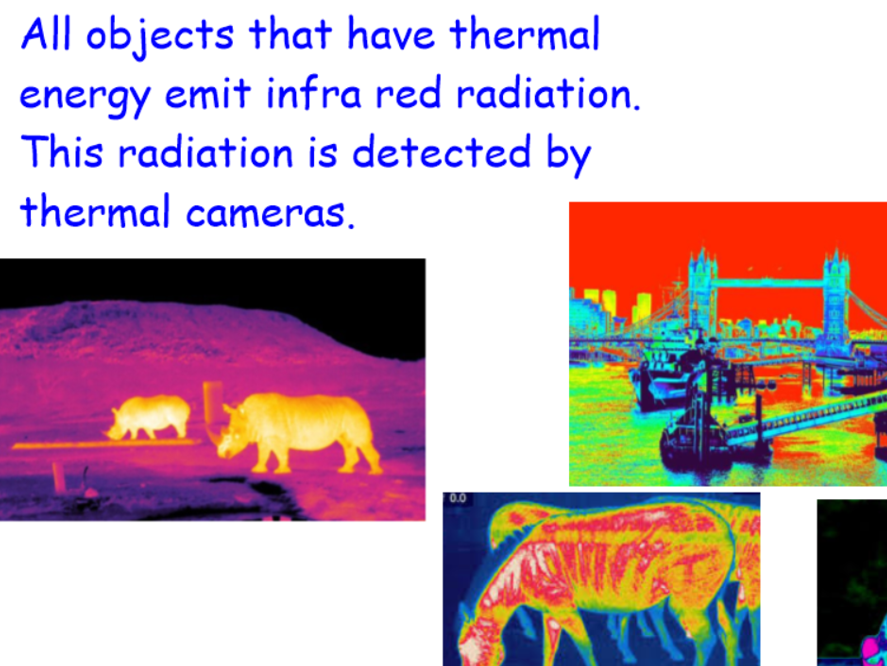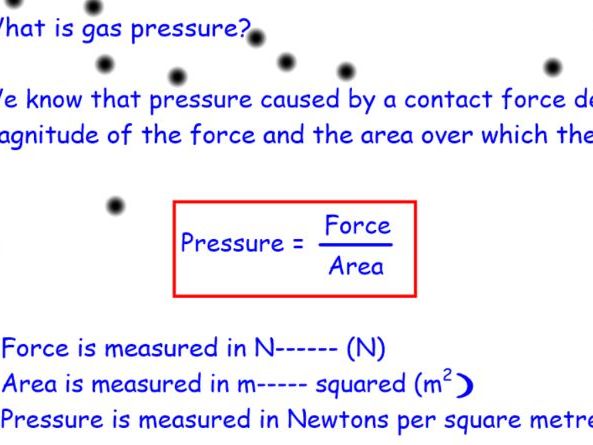Muson99's Shop
My resources attempt to construct the key concept of the scientific idea. The concept is then applied to a context with detailed examples. Similar questions follow and then more challenging questions follow. Detailed solutions included.






















